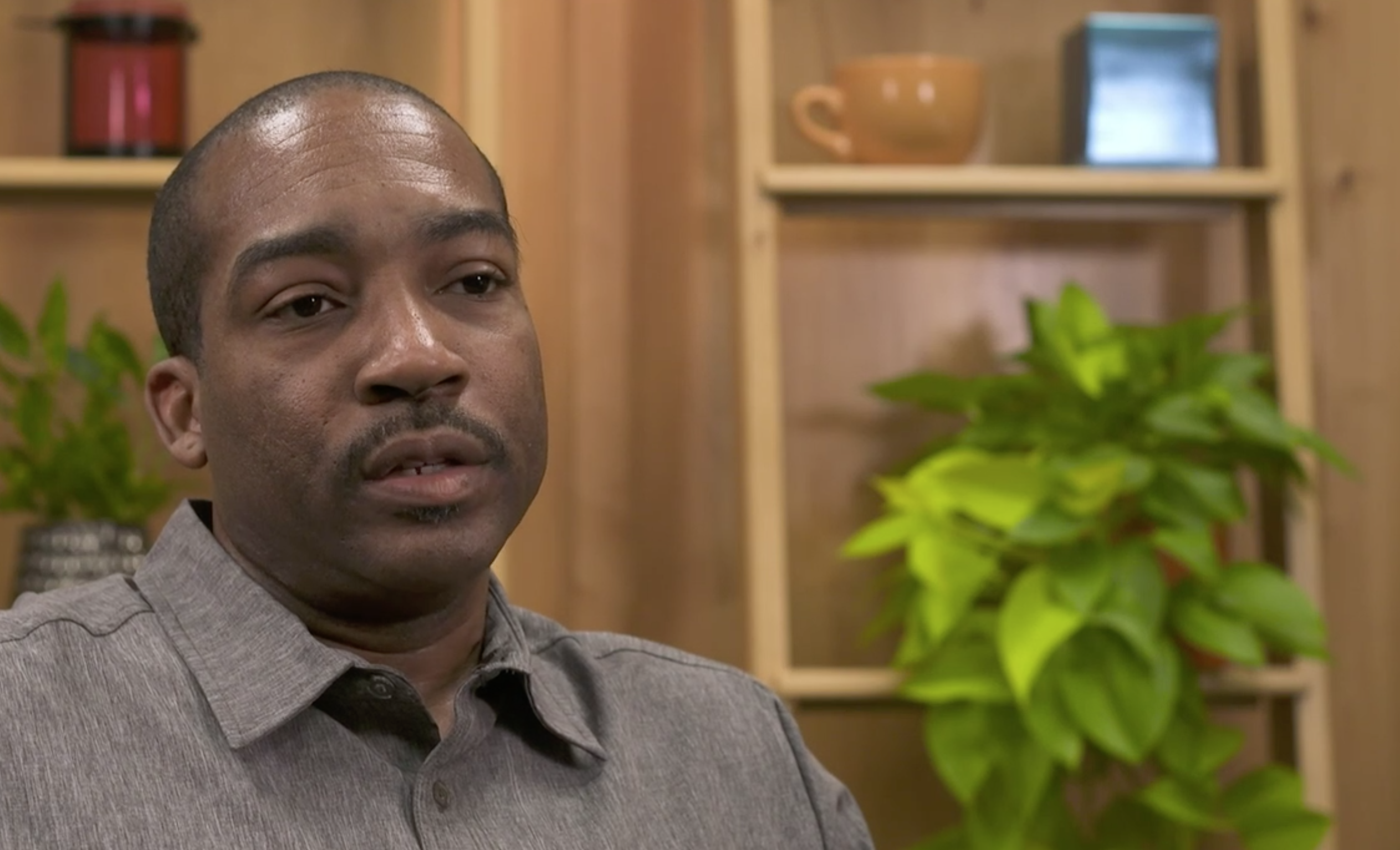In the 80s, the federal government responded to the growing crisis of homelessness by creating the PATH program. PATH stands for Projects for Assistance in Transition from Homelessness and the program funds efforts by local agencies to reach out to people who are homeless and connect them with much needed resources.
At Guild, our PATH team leads the way in connecting with community members who are experiencing homelessness. It’s not easy work, as it requires creativity, patience and a willingness to break through barriers, including the natural mistrust of strangers that many people who are homeless will have.
Corey is a veteran member of Guild’s PATH team and he agreed to tell us what it’s actually like to do his work. Bonus: you can watch Corey at work in a segment that was produced several years ago by TPT. We think you’ll agree that the work PATH does is nothing short of heroic!
Q: Where do you go to find people who are experiencing homelessness?
Corey: I usually find homeless people in parking lots (Walmart, Cub Foods, Target). I also find people in transit stations, gas stations, libraries, parks or just walking the street.
Q: How do you approach someone?
Corey: My approach is usually based on their condition, both physical and mental. I usually introduce myself and say I’m an outreach worker then kind of see what their reaction is. If I notice they are displaying mental health symptoms, I ask if they are receiving services. If they are carrying more personal items than usual (like a suitcase or overstuffed backpack) then I would ask if they need housing.
Q: What is the conversation like?
Corey: After I ask those questions they usually take over the conversation and I listen. Most of the time I am able to get a contact number or email and give my card.
Q: How do you engage with people who might be cautious or reticent?
Corey: If someone is a little cautious or reticent then it may take a while to build rapport. I do that by offering something they may need (bus tokens, coat, food, etc.) until they are comfortable talking to me. I do carry $10 gift cards to McDonalds and Subway so I might treat them to lunch and sit with them while gathering information.
Q: What can you offer them?
Corey: The one thing that I offer initially is housing assistance, then other services/supports like targeted case management or behavioral home health.
Q: Where does it go from there? It seems like a long journey from someone living under a bridge to moving into housing.
Corey: From there I refer them to a Coordinated Entry (CE) assessor so they can be placed on the CE priority list. Then I set up a day and time to complete the application and releases of information. Then we schedule another meeting for Housing and Crisis Prevention plans. If no mental health assessment has been done I would make a referral for that because the mental health diagnosis (SMI or SPMI) is what qualifies them for PATH services. I also have a couple of other assessments I have to complete as well, so it could take three months to a year or more to get into housing depending on their duration of homelessness and vulnerability, physical health and income.
Q: How often are you able to match someone with Guild services?
Corey: I would say six out of 10 people I talk to will be connected with ongoing services [ie., housing, mental health services, employment services]. I refer everyone to some form of ongoing service.
Solving Homelessness on the Front Lines
PATH works with people experiencing homelessness across Anoka, Dakota, and Scott County. If you know of someone in need, you can connect them to PATH by email PATH@guildservices.org or by calling (651) 291-0067.
Help Corey and the PATH team to keep doing their great work. Donate now!

